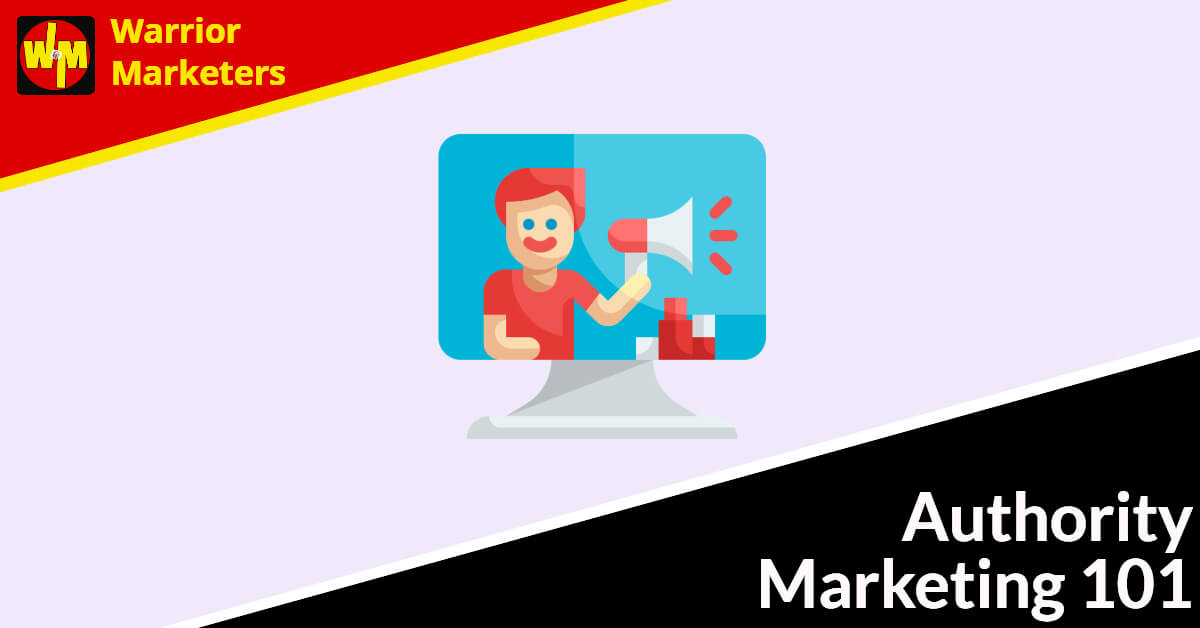
As an affiliate, your job is to connect buyers and sellers. You’re a middleman. That means you have the power to decide where you send the visitor when they click on your links.
Of course, you will already have picked your niche and found a hungry market, right? If not, you can find out more down below 😊
When you’re out on the social networking sites like Twitter, Facebook, Instagram or Pinterest, you will be linking the readers to a specific landing page.
The landing page is the initial place your traffic goes to – and there are different strategies involved in courting them to a sale.
Product Sales Page

The first place you can send someone is directly to the product. You can grab an affiliate link to your favorite product, go directly onto Instagram or Facebook, and write a short review with your thoughts.
You can do it in a shorter sense on Twitter. With Pinterest, you could write a blurb that gets them to click through.
But this strategy isn’t something you can build a long-term business on. It offers some benefits, but nothing that allows you to comprehensive conversions over time. For that, you’ll want to send them to your blog or squeeze page.
Blog Post Page

A blog landing page allows you to really go into depth on a subject with a product review that exhaustively answers all questions or doubts that the person may have.
It puts them in your environment, where they’re also exposed to other posts and ads you have on your site.
Make sure you have an opt-in form on this page so you can grow your email list, and embedded links to various offers in your post. If these links are to affiliate products, you can ‘pre-sell’ the product in the article and then they will be much more likely to buy the product when they get to the sales page.
Squeeze Page

A squeeze page doesn’t give you as much opportunity to convert the visitor into a sale right at that specific moment in time, but it does give you the ability to court the customer for weeks and months (if not years) afterward.
As stated in the previous section, an even better combination is to use an opt in form on your blog, so that you have the ability to give your comprehensive review and collect the contact information of your visitors.
The blog post page and squeeze page are examples of bridge pages in affiliate marketing and they are critical to your ongoing success because the biggest drawback to affiliate marketing is that you don’t get to build a list of prospects and/or buyers; these will be exclusive to the product vendor whose product(s) you are sending traffic to.
So, ideally you would never send traffic direct to the affiliate product sales page, but to some kind of bridge page where you can capture their details before you send them to the sales page.
That way you are building your list and maybe getting some nice affiliate commissions into the bargain 😊
Of course, the key to your online success is always testing and tracking. You want to see which of these landing pages delivers better results for you and then ramp up those efforts.
Then, once you find the one(s) that have the best returns for you traffic-wise, you want to take those pages and split test them to see if you can boost conversions by tweaking small elements to the page.
That might include colors, headlines, order buttons, text versus graphic links, and more. There are tools you can get to actually track it for you and rotate the pages for you automatically.
So, you know where to send traffic to, but do you know the best niches to target with affiliate marketing? Let’s take a look…
What Are The Top Affiliate Marketing Niches?

The top niches aren’t specific to affiliates versus product creators.
They’re all going to be the same. But some allow affiliates to make more money because they combine tangible and digital opportunities.
Bear in mind that all these can be further split up into sub-niches and the further you drill down into a niche, the more targeted your audience will be, albeit a smaller audience.
Dating
Relationships are one of the top niches online – people wanting to meet compatible matches and people wanting to save their existing relationships.
But there aren’t as many tangible items you can promote in this niche. It’s primarily info product related.
But this isn’t really a problem as there are some very good products or courses out there that you can promote if you are thinking about going into the dating niche
Money
Money is a similar niche that primarily has digital info product courses available to promote.
But keep in mind that these two top niches have courses online that pay out a nice amount per sale – and plenty of people searching for them online.
You can target people wanting to save money, people wanting to get out of debt (not the best if they are suffering with this) or those wanting to make money (could be online or offline).
Diet
Diet is a sub-niche of the health and fitness niche and is one that’s evergreen in nature, suitable for both genders and many age groups – plus it offers a bevy of opportunities to sell both digital and tangible items.
There are many online digital courses to help with weight loss, and many of them cater to a specific audience, like baby boomers or women.
On the tangible side, you could promote many things in the diet niche on sites like Amazon. You could do a review of an info product course and then pair it with tangible promotions for things like treadmills, elliptical machines, DVD exercise sets, Kettlebells, supplements and more.
Personal Development
Self-help is a popular niche. People are looking for more mindset advice – stress relief, for example.
You can pair an info product course promotion with the promotion of items like soothing candles, supplements, stress-busting gadgets, and even massage technology.
There is also the option to find coaching programs in this niche which will inevitably sell for a much higher price and therefore higher commissions for you.
Insomnia
Insomnia is a popular niche. Sleep disorders are very common and there are both digital and tangible products available for you to promote on your site.
Along with a digital course, think of tangibles like better bedding, soothing CDs, sleep masks, white noise machines, sleep supplements, and more.
A review site would be a great idea for many of these items; write a review, send traffic to the article and link out to the product(s).
Coffee
Coffee and other gourmet foods are popular.
When you have someone who is an enthusiast for coffee, they’ll spend top dollar on a variety of things – from courses teaching them about the topic to special tangible items like coffee grinders, brewers, beans, and more.
The coffee niche has exploded in recent years so this is one to definitely look into if you are interested in this kind of niche.
Parenting
Parenting is a popular niche, too. This is a niche where moms and dads like to get advice on raising their kids, but they also have many tangible items to buy like nursery furniture, toys, educational items, clothes and more.
It is also an evergreen niche because people will always be having kids!
Once again, it may be good to drill down a bit deeper such as pregnant moms, single moms, bringing up teenagers etc.
Pets
Pets are great affiliate niches – and you can specialize in one that you enjoy – dogs, cats, and tropical fish being the most popular.
You can buy both info products on things like how to care for tropical fish – and tangible items like fancy aquariums, fish food and tank décor.
And let’s face it, most pet owners are fanatical about them; some probably treat them better than their kids 😄
Homeware
Household items are a big niche – and this goes for both indoor and outdoor.
Homeowners are always buying like blenders, vacuums, lawnmowers, sheds, gardening supplies and more.
They also buy info products to go with them, like how to grow tomatoes – and you could sell everything from the seeds to the pots they grow in!
If you want to know more about affiliate marketing, then check out the featured resource below for a free report; download it read it and take action 😊

































